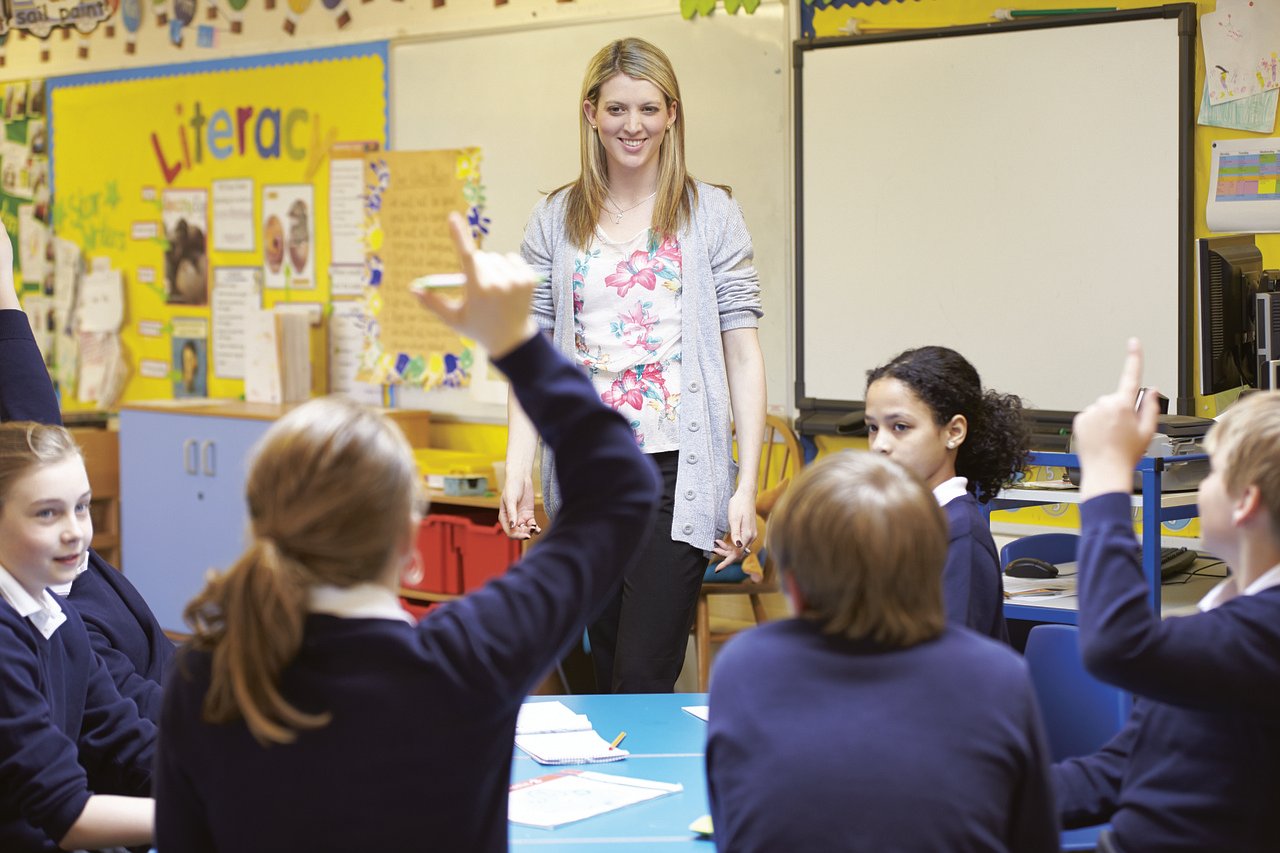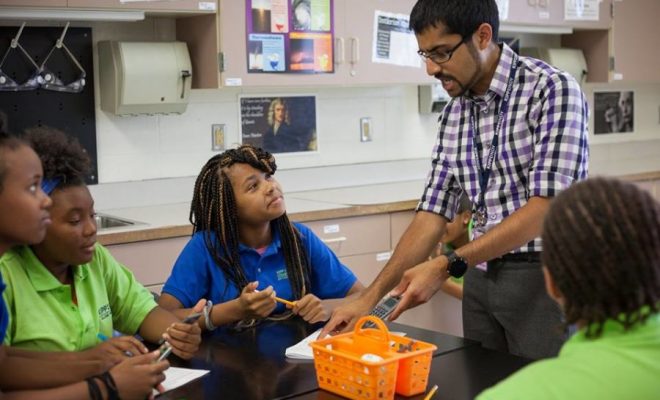9 Ways to Make Learning Visible in the Classroom

1. Learning walls: Create dedicated spaces in the classroom that showcase student work, achievements, and learning progress. This allows students to see their growth and encourages them to take ownership of their learning.
2. Visible thinking routines: Implement strategies such as Think-Pair-Share, KWL charts (What I Know, What I Want to know, What I Learned), and concept maps to make students’ thinking processes visible. These routines promote active engagement and help students develop critical thinking skills.
3. Learning journals: Encourage students to keep a journal to document their learning journey. This provides a reflective outlet for students to express their thoughts, insights, and questions related to their learning experiences.
4. Peer feedback and collaboration: Foster a culture of peer feedback and collaboration in the classroom. Encourage students to give constructive feedback to their peers, which helps to make learning visible by highlighting areas of improvement and different perspectives.
5. Formative assessments: Use formative assessments, such as exit tickets, quizzes, and quick writes, to gauge students’ understanding and track their progress. This not only provides valuable feedback for teachers but also makes learning visible to students themselves.
6. Learning targets and success criteria: Clearly communicate learning targets and success criteria to students. This helps them understand what they are expected to learn and how they can demonstrate their understanding. Displaying these targets and criteria in the classroom makes learning visible and keeps students focused on their learning goals.
7. Student-led conferences: Hold student-led conferences where students showcase their learning progress to parents or guardians. This allows students to take ownership of their learning and demonstrate their achievements.
8. Visible classroom routines: Establish visible classroom routines that promote active learning and engagement. For example, implementing a think-pair-share routine before discussing a topic makes students’ thinking visible and encourages class participation.
9. Authentic assessment: Incorporate authentic assessment methods, such as project-based learning, presentations, and portfolios, to make learning visible. These assessments provide opportunities for students to apply their knowledge and skills in real-world contexts.
By implementing these strategies, educators can make learning visible in the classroom, empowering students to take ownership of their learning and fostering a culture of active engagement and collaboration.



